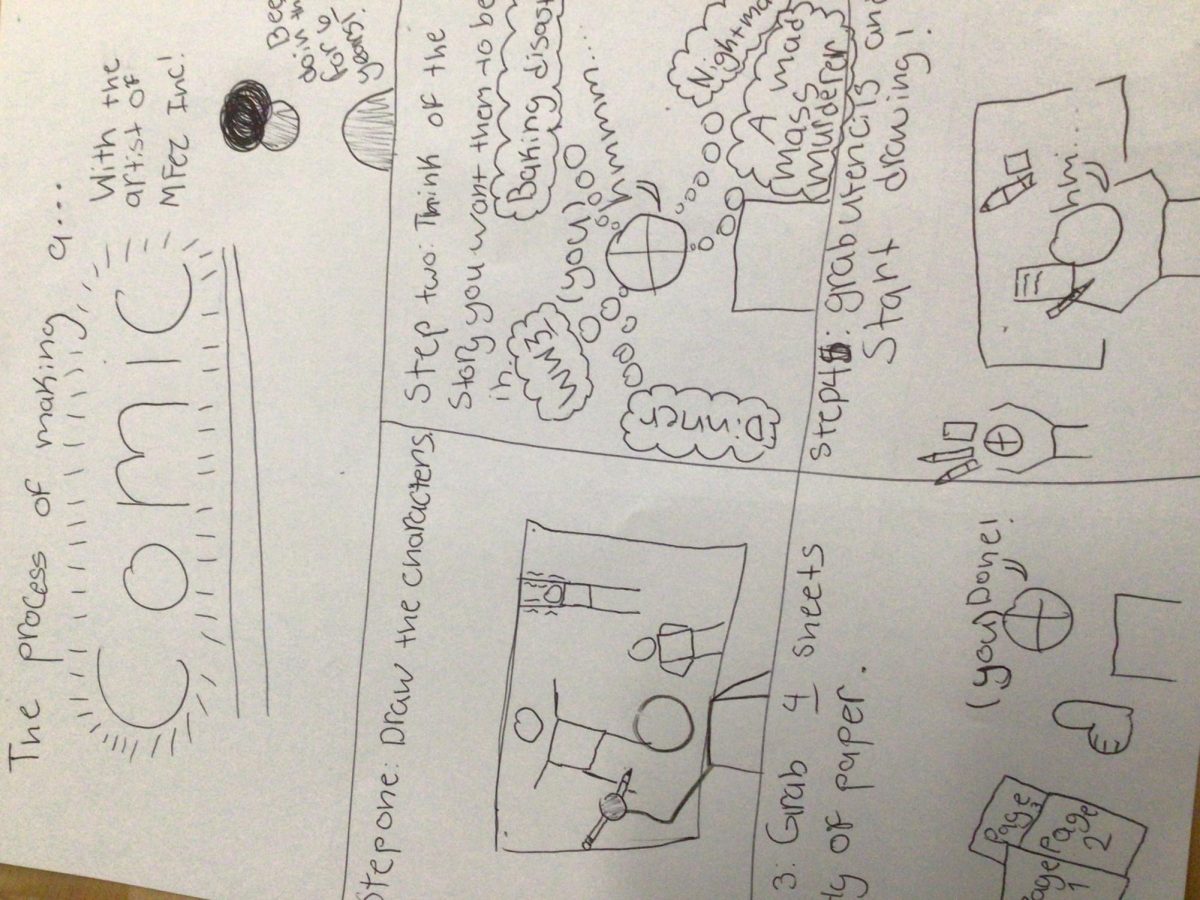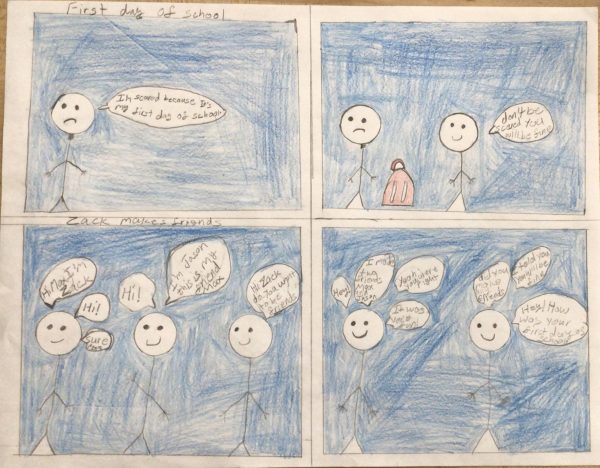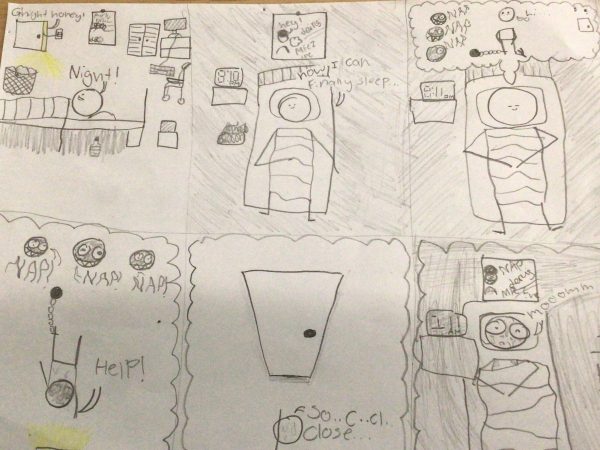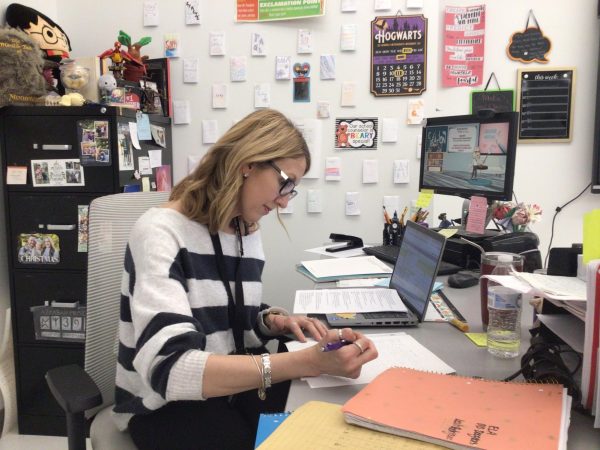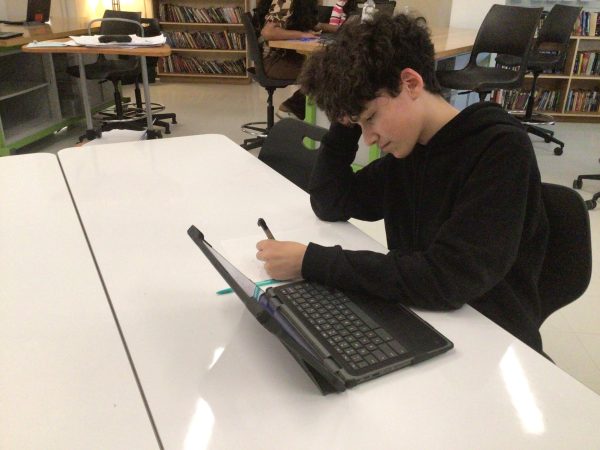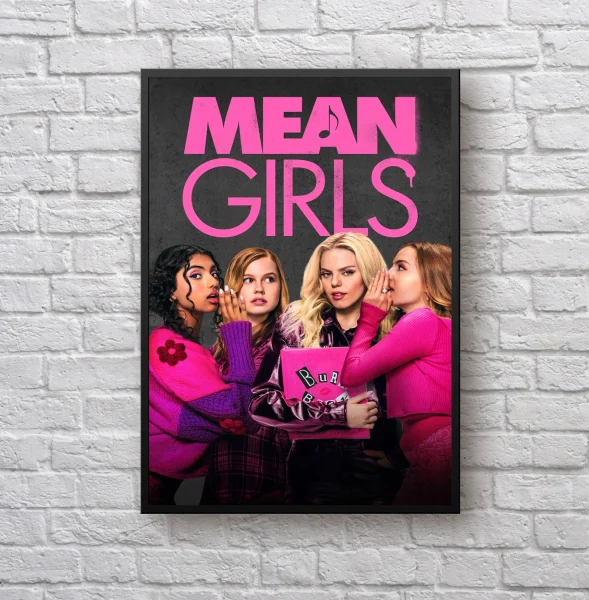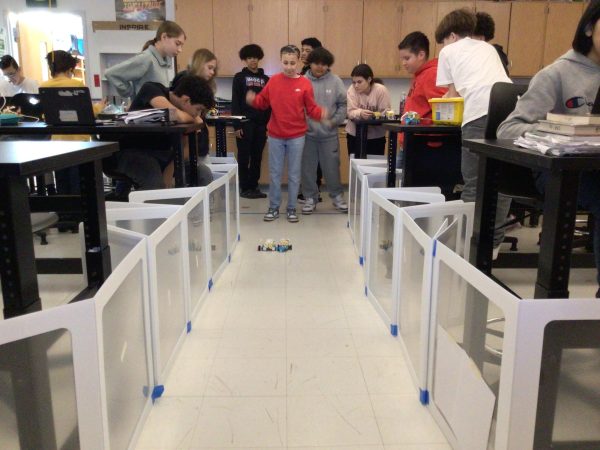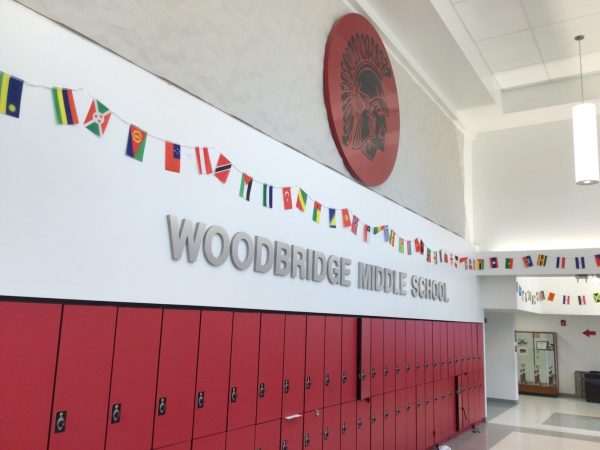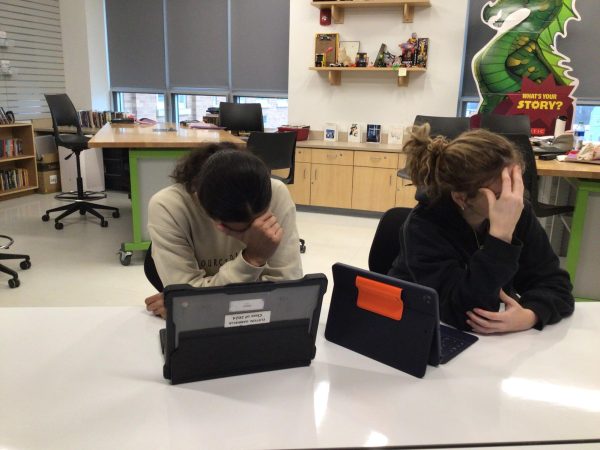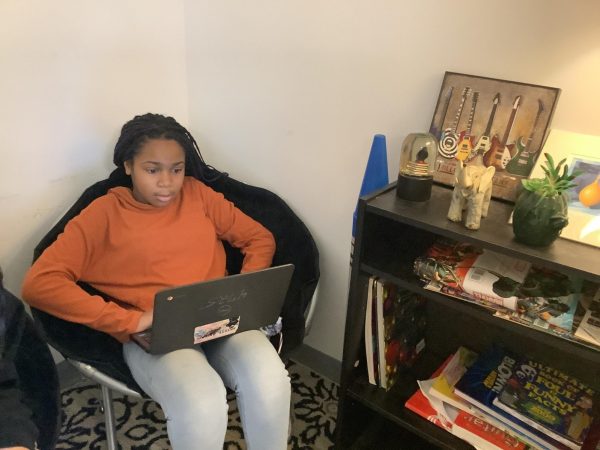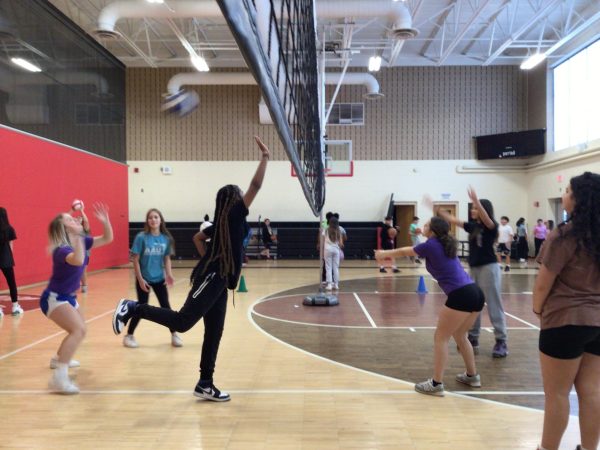Hands On With ASL
photo via :https://commons.wikimedia.org/wiki/File:American_Sign_Language_ASL.svg under the creative commons license.
Jun 4, 2018
Do you know ASL? Continue reading to see the surprising percentage of people that know what ASL is and how many don’t know in WMS.
3 out of 10 students at WMS said they did not know what ASL was and knew somebody who was learning ASL. Meanwhile,7 out of 10 people knew what ASL was and knew someone that is/was learning ASL. Out of all students interviewed, everyone said that they would like to have ASL as a special in school.
Vice principal Mr.Harris says, “I know a couple students that are learning ASL at this moment, I would love to have an ASL special, but the problem is finding a teacher and a classroom for an ASL special. He continued, “ I feel that students would love to take a class like ASL to experience more languages.”
Principal Dr. Crowe also agrees with Mr.Harris that he would “consider creating ASL as a special class next year but the only problem is finding a teacher and a classroom to hold it.” Dr. Crowe also says, “I would be open to learning ASL and I think the students would love to experience a new language.”
The language teachers at WMS say that “students think that ASLwould be an easier language to learn, but in reality it’s actually a difficult language to learn since it takes more effort.”
Spanish teacher, Mr. Salinas, tells us a story of his experience with a deaf or hard of hearing person, “ I was sitting at the desk by the front door and a lady rang the doorbell and I spoke through the speaker and said ‘please show your ID’ and she didn’t do anything. I continued saying it and finally I stood up and went to the door and pointed to the sign that says please show your ID and she gave me her ID and I thought that was odd and I thought that the the speaker broke, but then her daughter came and started talking to her in ASL and I was embarrassed and stunned at the same time because being a Spanish/ language teacher at this school, I would have thought to know that she was hard of hearing or deaf. That day I interacted and experienced talking to and having kind of a conversation with a deaf person and found something new to learn.”
Overall, ASL is an often misunderstood language that does not get the attention it deserves. Hopefully in WMS there will be a ASL class in the long run being opened for students to learn more about this language. Mr. Salinas’ story serves as an example of why ASL is important for people to know.


